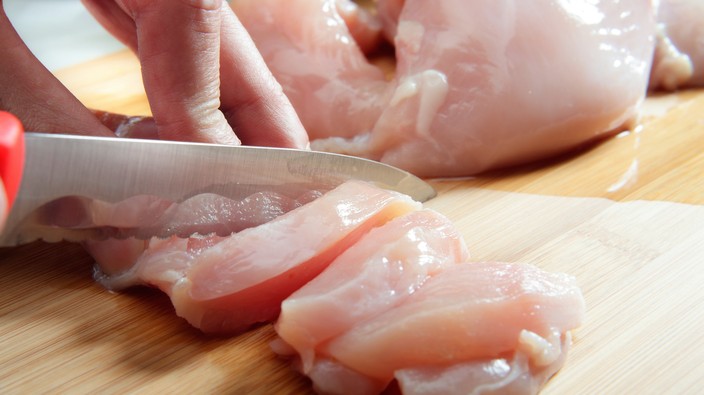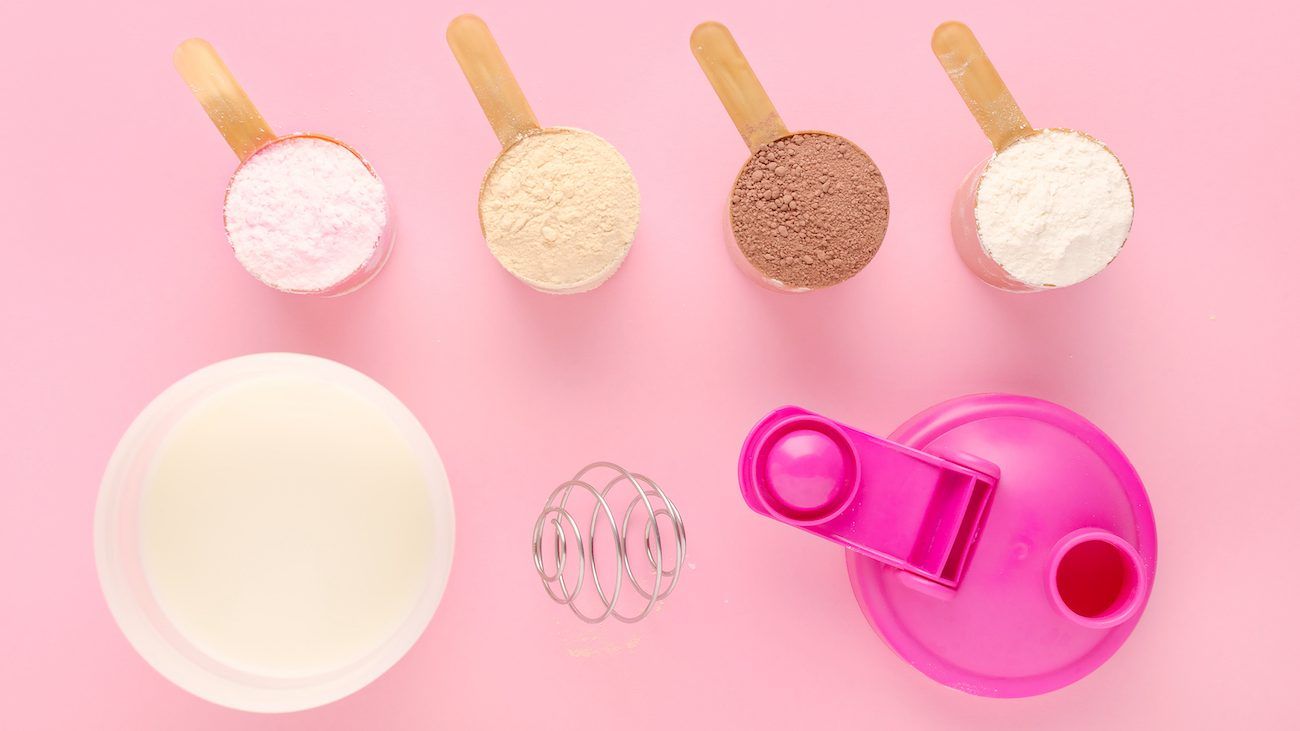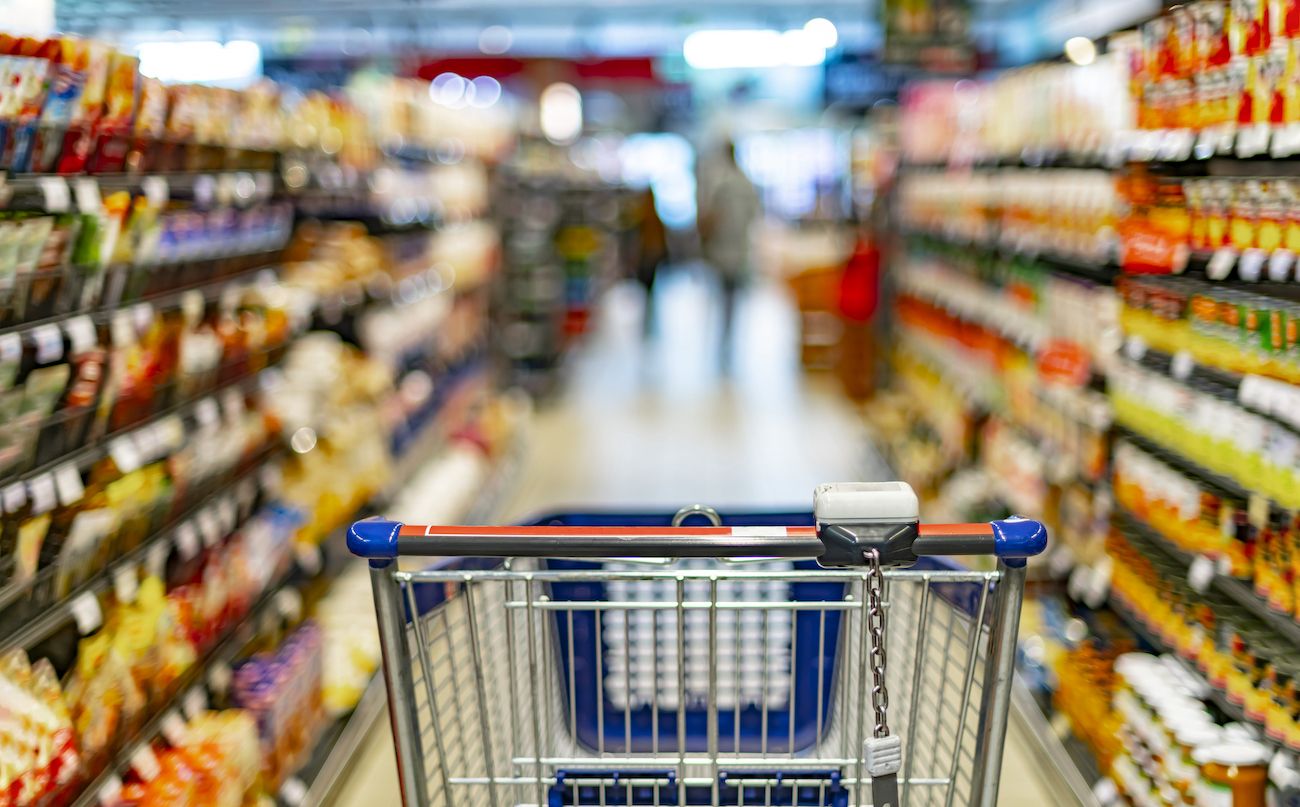drinking water and eating fibre can help with fecal incontinence
it might seem embarrassing, but about 3.5 million canadians experience some form of incontinence.
whey, collagen, soy, or pea: which protein powder is better?
pea protein powder has some surprising benefits when compared to whey, but does it provide the benefits of a supplement made from animal products?
a diet made mostly of highly-processed foods may lead to early death
toronto-based dietitian andy de santis says following the 80/20 rule can help ensure you are eating healthy, while not depriving yourself.
 3 minute read
3 minute read




















